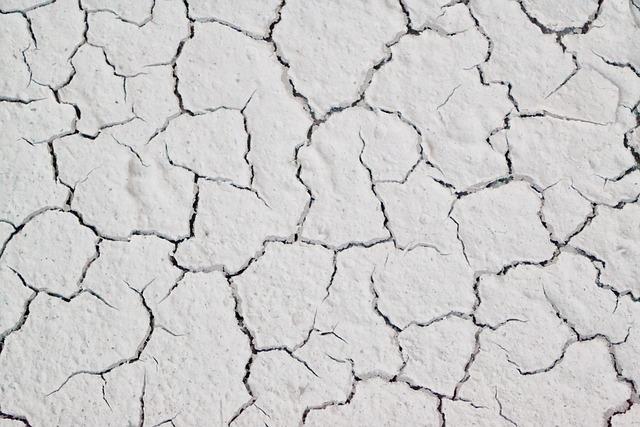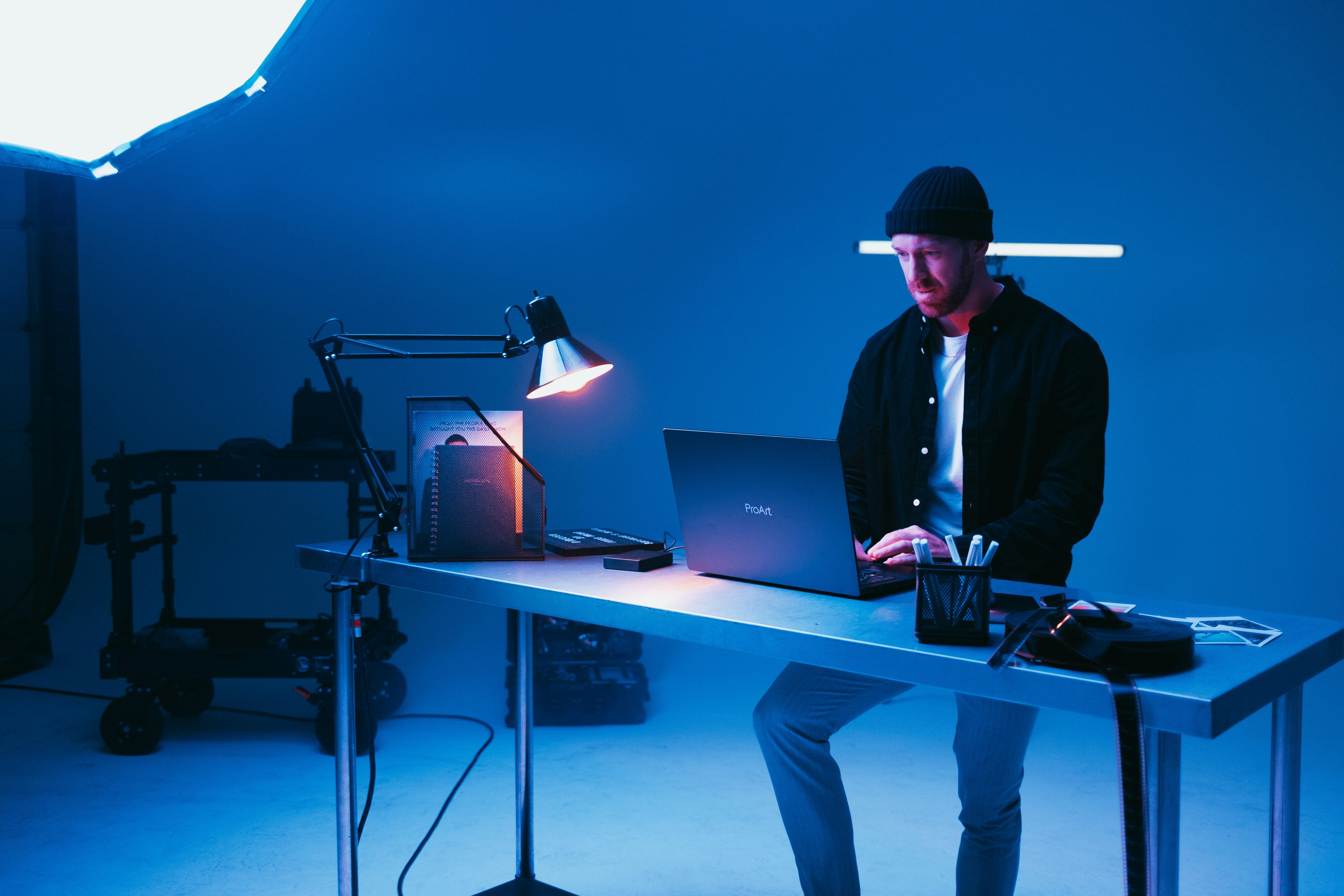In the ever-evolving realm of cinema, action films stand as a testament to human imagination and technological innovation. From the explosive car chases of yesteryear to today’s gravity-defying spectacles, filmmakers are constantly pushing the boundaries of what’s possible on screen. At the heart of this visual evolution lies a compelling debate: should the tangible allure of practical effects take precedence over the limitless possibilities of digital wizardry? This article delves into the intricate dance between reality and virtuality, exploring whether the tactile authenticity of practical effects holds more cinematic value than their digital counterparts. Join us as we navigate this captivating crossroads, where tradition meets technology in the quest to define the future of action filmmaking.
Crafting the Real: Exploring the Impact of Practical Effects
In the world of action films, the tactile authenticity of practical effects offers a sensory richness that digital effects often struggle to replicate. Practical effects engage audiences by creating real, tangible moments that actors can interact with, enhancing the believability of the scene. This can lead to more genuine performances, as the cast reacts to actual explosions, stunts, or creature designs, rather than imagining them against a green screen. Moreover, practical effects have a timeless quality, aging more gracefully than some digital effects that may become outdated as technology advances.
- Immersive Realism: Tangible effects create a more immersive experience.
- Actor Engagement: Real environments lead to authentic performances.
- Timeless Quality: Practical effects often age better over time.
While digital effects allow for limitless creativity and are indispensable in modern filmmaking, practical effects can ground a film, offering a sense of gravity and reality. The synergy of both techniques can elevate action films, ensuring that the spectacle never overshadows the story.
Digital Wonders: The Role of CGI in Modern Action Films
In the realm of modern action films, Computer-Generated Imagery (CGI) has transformed the landscape, offering filmmakers an expansive toolkit to create worlds and sequences previously unimaginable. CGI allows for the crafting of breathtaking visuals, from gravity-defying stunts to massive explosions, all while maintaining the safety of actors and crew. It also provides flexibility in post-production, enabling directors to tweak scenes until they achieve the desired level of perfection.
However, the magic of CGI is often complemented by practical effects, which can ground a film in reality and provide a tangible authenticity that resonates with audiences. Consider these aspects:
- Realism: Practical effects can offer a tactile sense of realism that sometimes eludes digital creations.
- Immersion: They can enhance audience immersion, as viewers subconsciously recognize real-world elements.
- Artistry: Crafting practical effects often involves a unique artistry and craftsmanship that digital effects can lack.
Ultimately, the blend of CGI and practical effects can result in a richer, more engaging cinematic experience. The key lies in striking the right balance, leveraging the strengths of each to support the narrative and captivate the audience.

Balancing Artistry: Merging Practical and Digital Effects
In the realm of action films, the interplay between practical and digital effects is a dance of creativity and technology. Practical effects bring a tangible, visceral quality to the screen, offering authenticity and grounding the audience in a believable world. Explosions, car chases, and stunt work executed with real-world elements can heighten tension and engage viewers on a sensory level. The physicality of practical effects often translates into more genuine performances from actors, who can interact with their environment in a meaningful way.
Conversely, digital effects open up a universe of possibilities, unrestricted by the laws of physics. They allow filmmakers to create breathtaking visuals that defy reality, crafting worlds and sequences that would be impossible or prohibitively expensive to achieve otherwise. Digital effects offer a canvas for boundless imagination, enabling seamless integration with practical effects to enhance storytelling. Considerations for balancing the two include:
- Budget Constraints: Practical effects can be costly but offer authenticity; digital effects can scale with budget.
- Artistic Vision: Directors might favor one over the other to fulfill their creative vision.
- Technological Advancements: As technology evolves, digital effects become more realistic and accessible.
- Audience Expectation: Some viewers prefer the realism of practical effects, while others enjoy the spectacle of digital artistry.

Guidelines for Filmmakers: Choosing the Right Effects for Your Vision
When crafting the exhilarating sequences that define action films, filmmakers face the crucial decision of choosing between practical and digital effects. Both have their merits, and the key lies in aligning them with your creative vision. Practical effects, renowned for their authenticity, can evoke a tangible sense of realism. Explosions, car chases, and stunts performed live on set can provide a visceral impact that resonates with audiences, making them feel part of the action.
On the other hand, digital effects offer unparalleled flexibility and the ability to push the boundaries of imagination. Consider these factors when deciding which effects to prioritize:
- Budget Constraints: Practical effects can be costly and time-consuming, while digital effects might offer cost-effective solutions for complex scenes.
- Artistic Vision: Determine whether the scene demands gritty realism or fantastical elements that can only be achieved digitally.
- Safety Concerns: For dangerous stunts, digital effects might be the safer choice, ensuring the well-being of your cast and crew.
Ultimately, a harmonious blend of both can lead to an immersive cinematic experience, capturing the best of both worlds.

